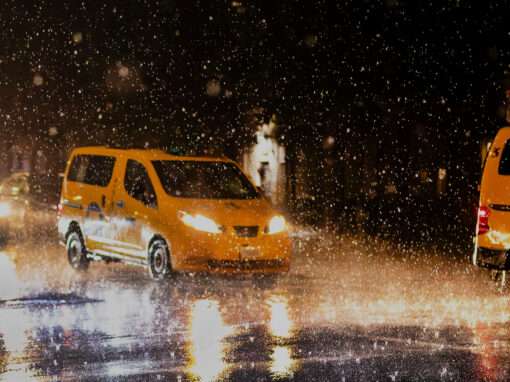There is a particular challenge to every photographer who brings a group of images together. Beyond the aesthetic power of any single image, beyond whatever compelling metaphor that image may evoke, the collection has to have a type of thematic unity. This unity does not need to be overly specific, however. It can be, for example, autobiographical – here’s all this stuff I saw in May, or in my life. It can be geographically centered – here’s a bunch of images about Fargo or Paris or Kathmandu. It can be event-centric – here are a pictures from the battlefields and cities of Ukraine. It really doesn’t matter what the unity is as long as it’s there, and as long as it matches the images.
“Westlands: A Water Story” by Randi Lynn Beach
Published by University of New Mexico Press, 2017
review by W. Scott Olsen
Quite often, the thematic unity comes from a political point of view. Here, for example are 100 pictures about homelessness, or hunger, or civil rights. The thematic unity provides a broader context for understanding the images. We understand each image is its own sentence or chapter in an evolving story. We begin to talk about things like narrative arc or how the images echo and reinforce each other. When a photobook succeeds, oftentimes it’s because this unity makes the whole more than the sum of the parts.
Sometimes, however, the theme and the images don’t match as well as they should. Sometimes the attempt at unity ends up being a way to diminish complexity.
Westlands: A Water Story by Randi Lynn Beach, is filled with impressive and remarkable images. Its explicit theme is the mess of issues surrounding the use of water in California’s San Joaquin Valley. It’s an important, timely, and complicated theme. However, at least for me, the fine images and the important theme do not match very well in this particular book.
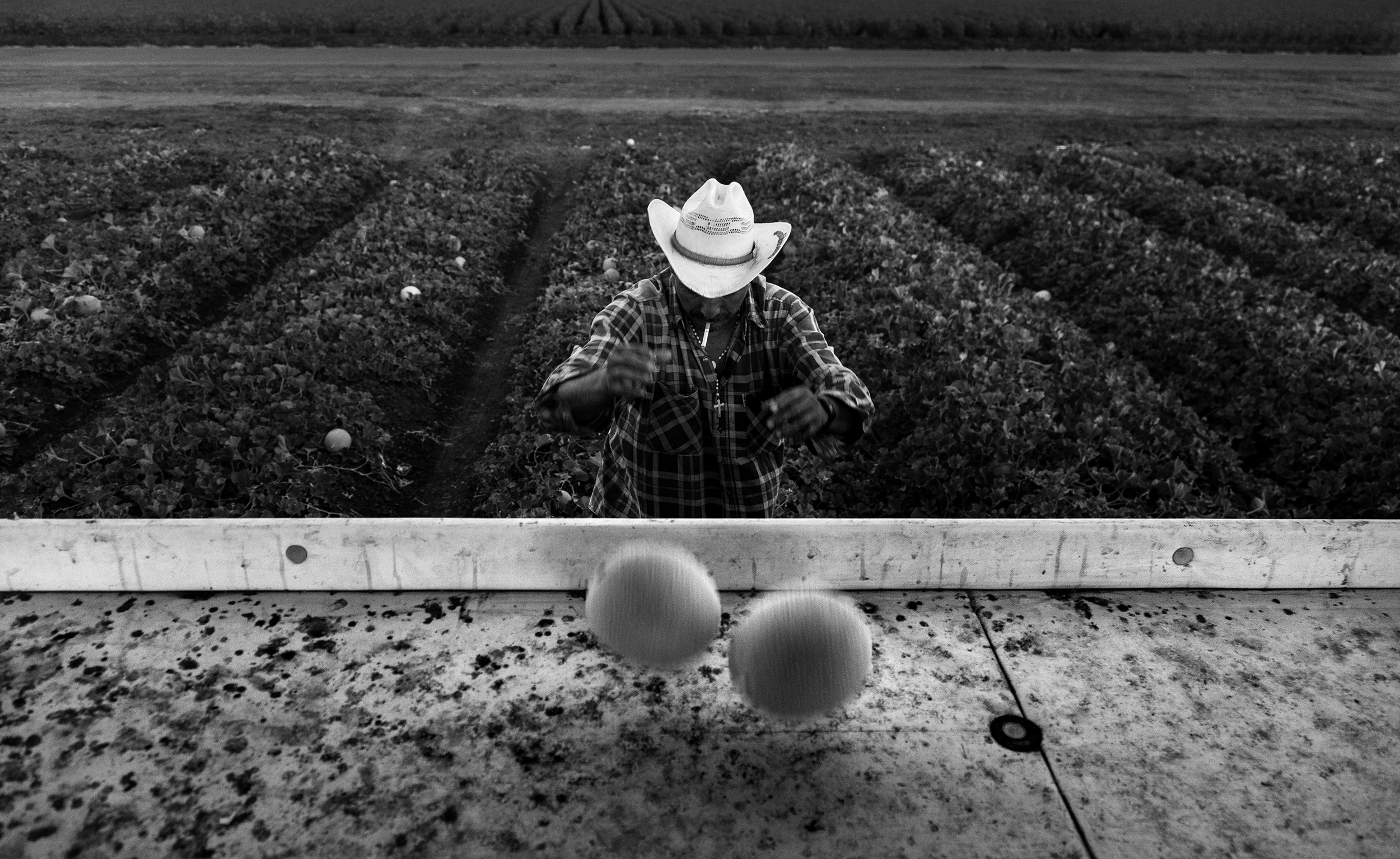
Images by Randi Lynn Beach have appeared in Rolling Stone, Washington Post, People and The New York Times, Lenscratch, Popular Photography, Huffinton Post, and elsewhere. Her work has been recognized by the Webby Awards, and Westlands won a Telly Award for Social Responsibility.
In an introduction, Thomas Holyoke, professor of Political Science at California State University in Fresno, writes,
“I had no idea what to expect when Randy first called me about her plans to photograph the effects of lost water on the western San Joaquin Valley. Bay Area photographers wanting to do exposes on valley farming and water use usually means hatchet-job caricatures of super wealthy landowners colluding with spineless lawmakers to exploit cheap migrant labor and taxpayer subsidies. That story has been told many times—usually with little regard for facts. Randi, however, sought the human story, and she found several… She found a people’s way of life being sacrificed in a war over water they did not start and often do not understand…What she does is show how trying to undo the decisions of the past by turning off the water devastates the people of the present, denying them a future. Decisions matter. Randi’s photography makes us aware of the human cost when the water goes away.”
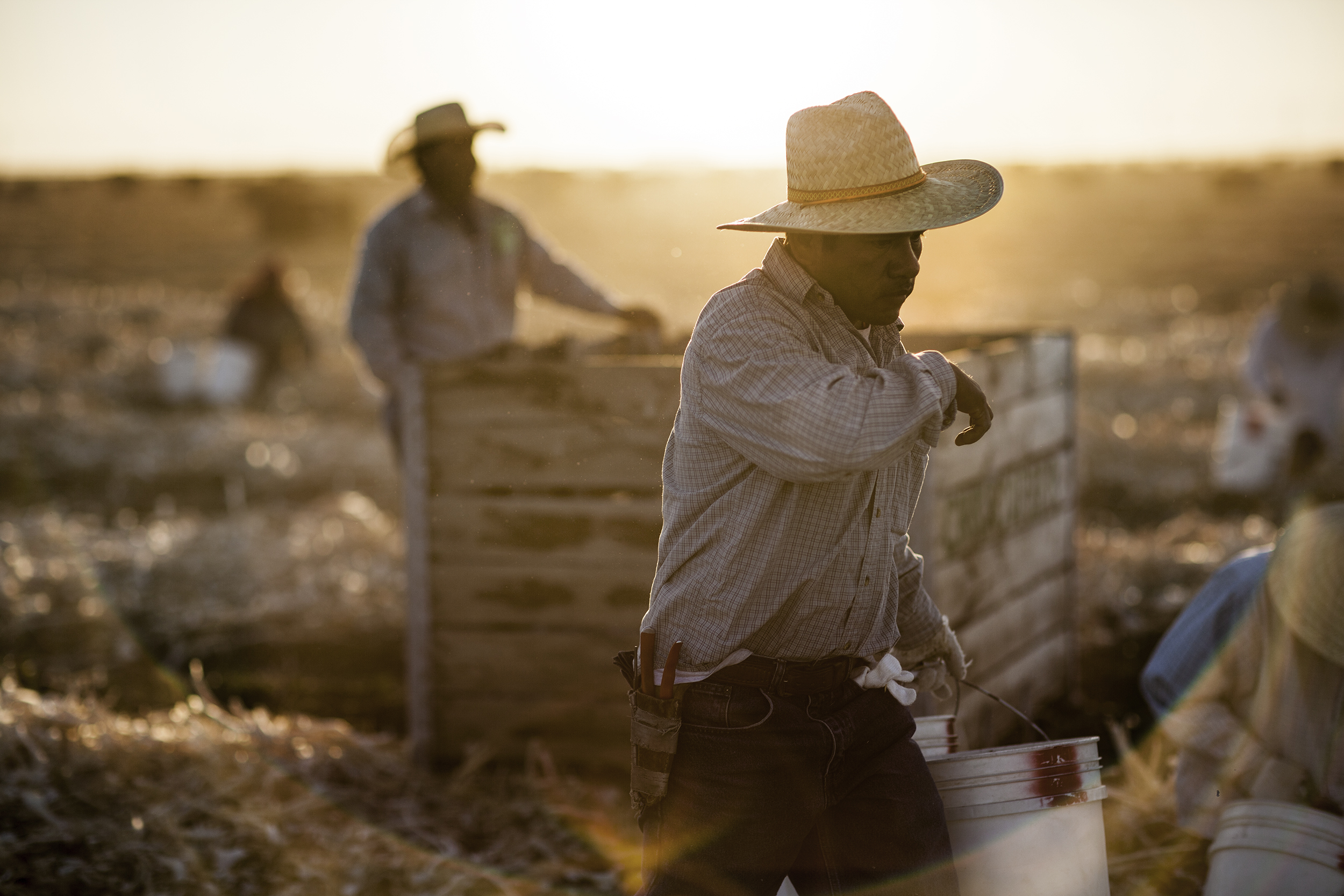
For many of the images in this book, what Holyoke says is true. For many others, I wondered if we were looking at the same book. Yes, I am aware of subtlety and nuance.
There are other disconnects in this book. For example, a brief introductory essay called “The Natural History of Water” by Yiyun Li is eloquent, but has almost nothing to do with the actual topic of this book. It is a lyrical consideration of water, and perhaps its presence in the book is to make me feel somehow more metaphorically or poetically connected to water. But it seems out of place.
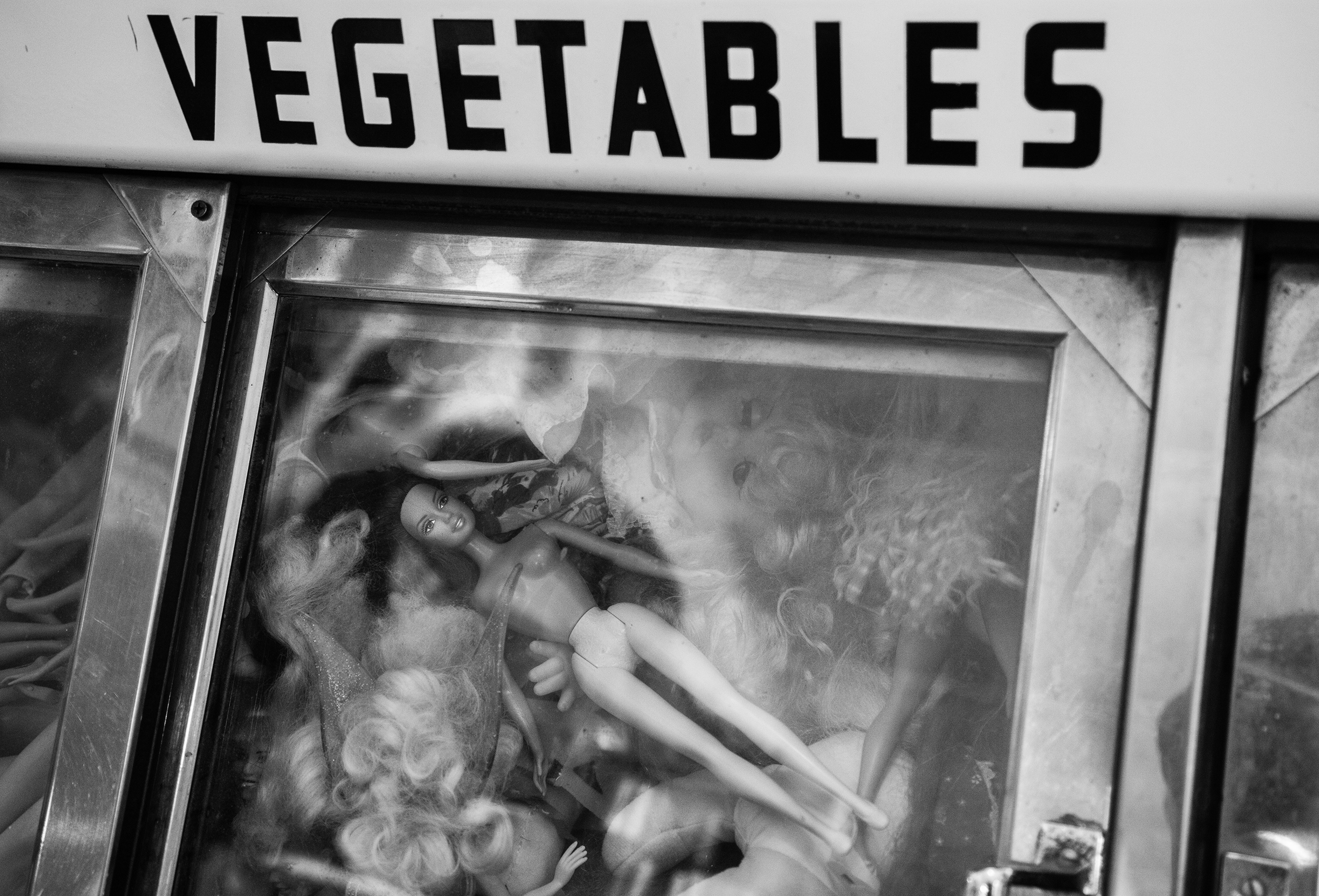
The problem with the text in this book is that the images are wonderful, more complex, and range farther than the text proposes. This is not to say the images are without a theme or unity of their own. Nor is it to say the text is badly written or imagined. It is, however, to say, the photographs are more sophisticated than we are initially led to think.
In her own essay, Beach recounts a profound moment. “As we were driving back,” she writes, “I couldn’t believe what I saw. Stop! Pull over! My husband made a hard left and the drama unfolded in front of us just a few feet away. The starlings were so close I needed to use a wide-angle lens to capture the breadth of the flock. The sound of thousands of birds moving through a fallow field in unison is something I’ll never forget.”
The images from this encounter are some of the best in the book and also grace the book’s cover. And they are not alone in capturing a larger spirit of the valley than the text allows.
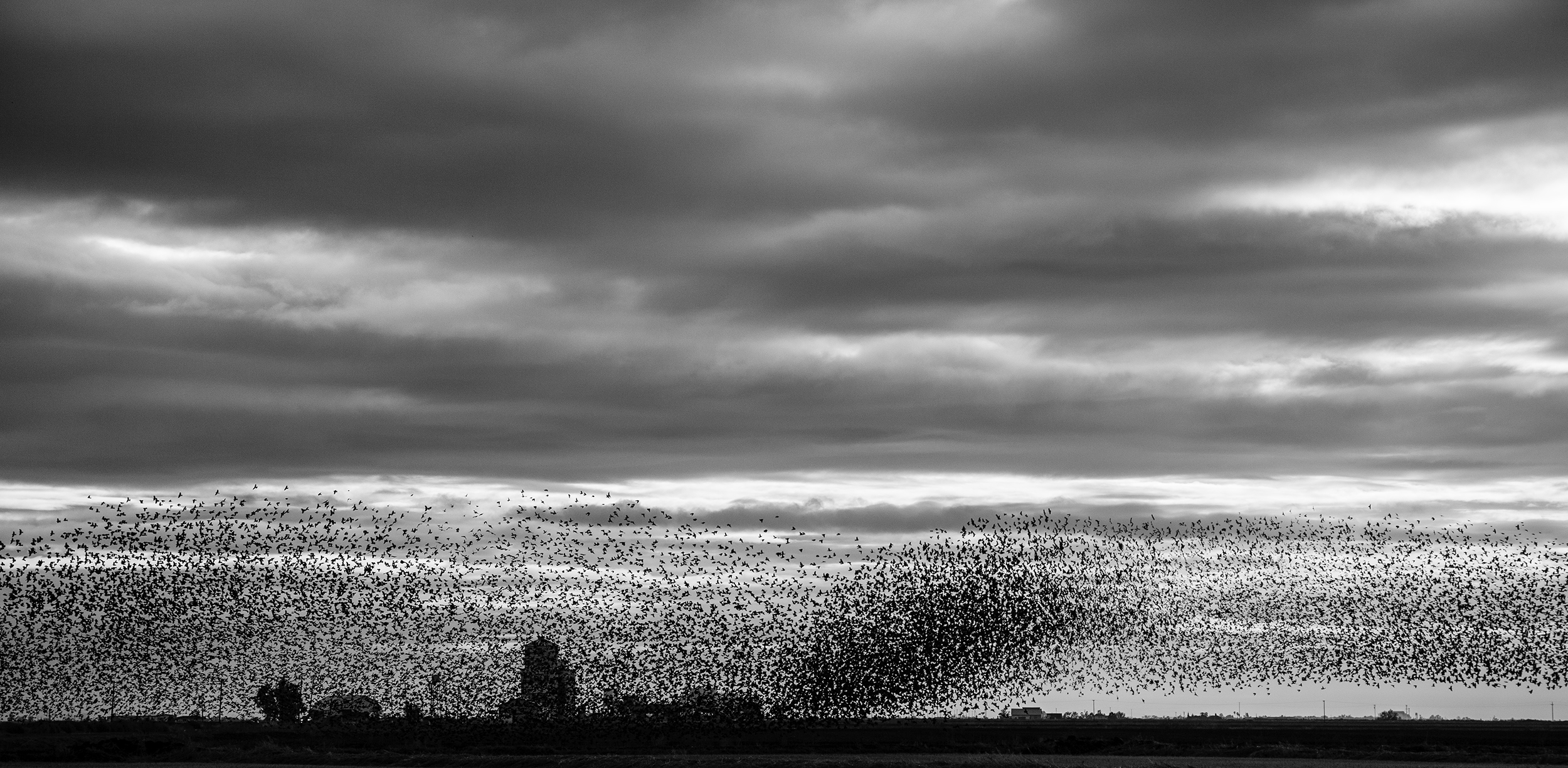
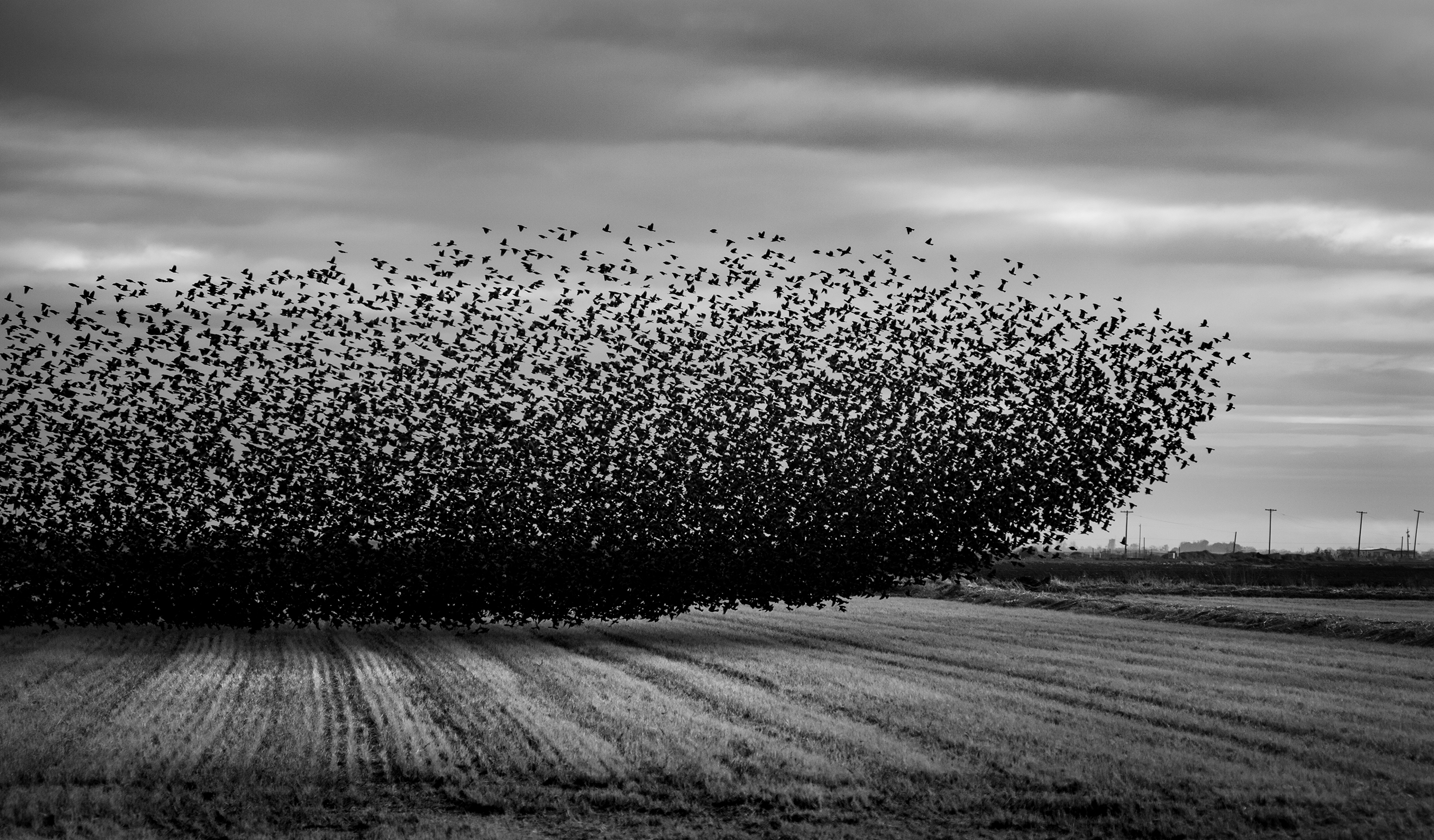
As Beach says later, “My many visits to farms on the west side of the Central Valley evolved into a portrait of the region. I’m drawn to the aesthetic of farming; there’s a poetry to it. I can tell so many different stories with that as a vehicle. There is something sad about the disconnect between the urban and the rural. I encountered, and tried to capture, patterns of desolation, isolation, loneliness, and stark contrast. I wanted to illustrate these complex ideas and concepts in ways that are digestible and tangible and hopefully are inspiring.”
Absolutely. Well said.
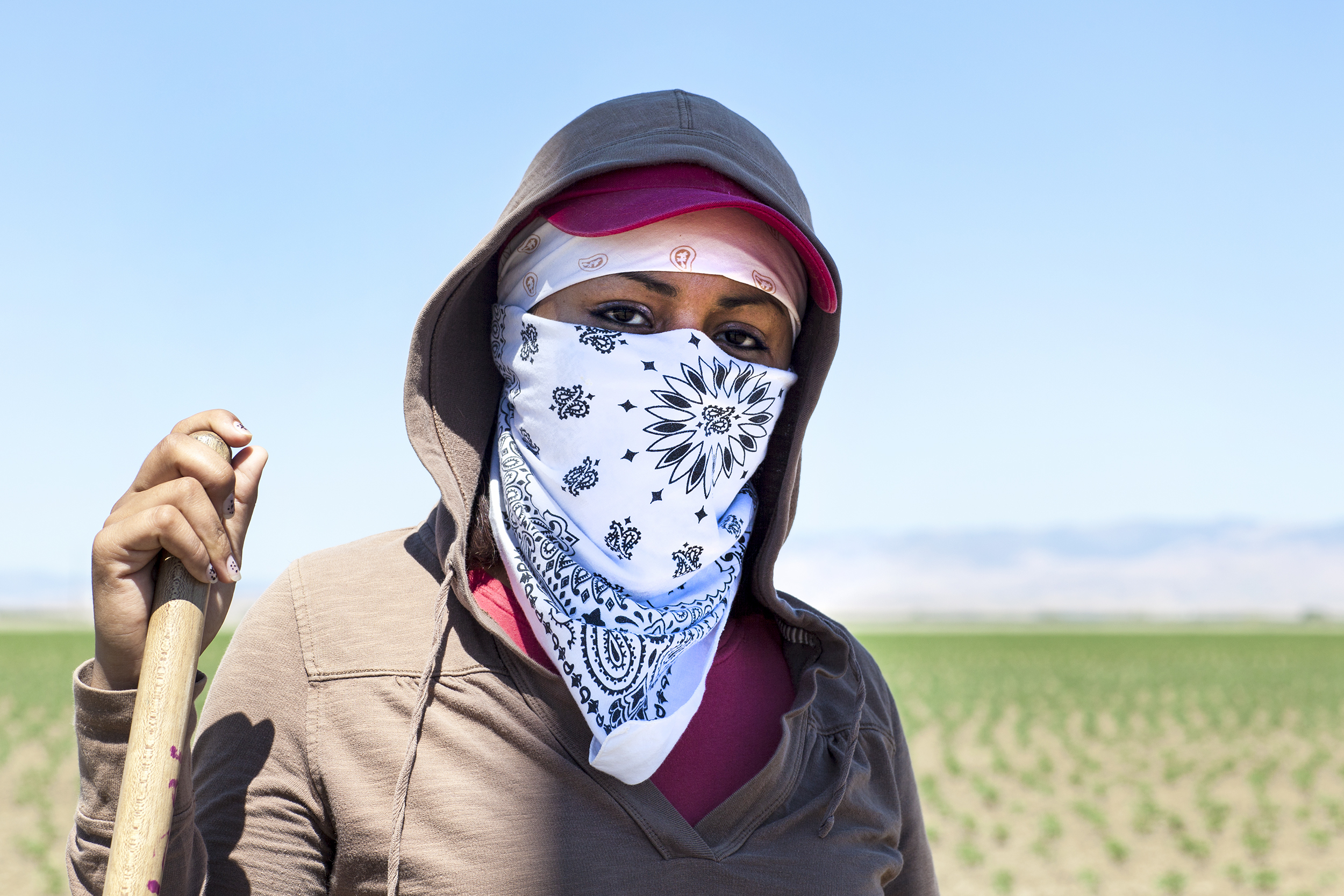
There are deeply moody images here, mysterious and dark, such as the San Luis Reservoir in winter. There are black and white images of tomatoes waiting to be processed, birds flying low over the reservoir, bee boxes, a vegetable cooler filled with plastic dolls, an old place called Butch’s Café, and the starlings. There are also color images of farm workers, early morning fog, a collection of buttons, power lines and more. There are what I assume to be drone shots as well as closeups.
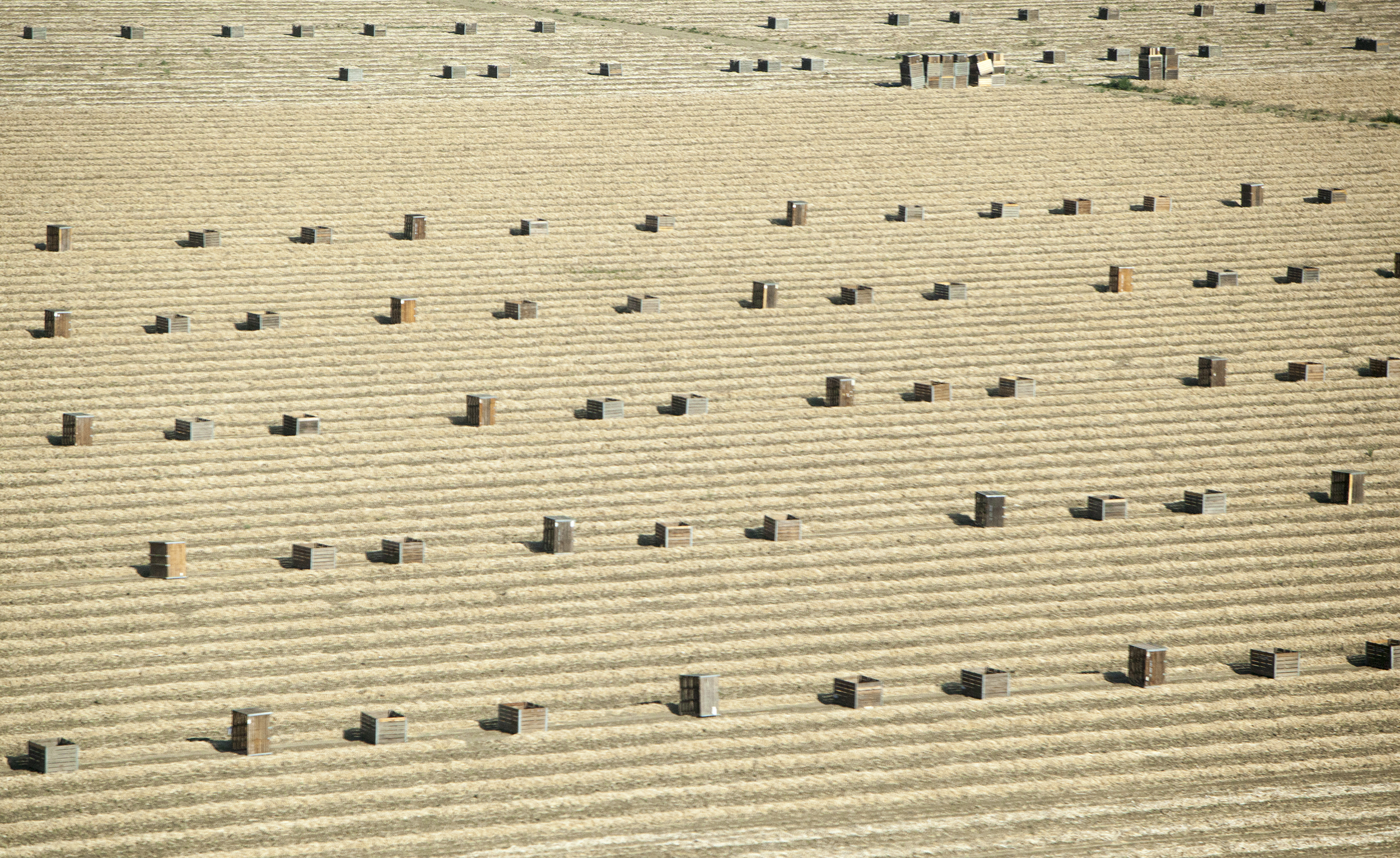
It is true that water, and its absence, is a motif throughout the book. And it’s also true that water, and its absence, is one of the defining factors of that region. However, to say this book is about water is to limit an understanding of the images in ways they don’t deserve. The lives of the people and the spirit of the landscape hold a galaxy of histories, joys, influences and interpretations. The images are wonderful.
A note from FRAMES: if you have a forthcoming or recently published book of photography, please let us know.



